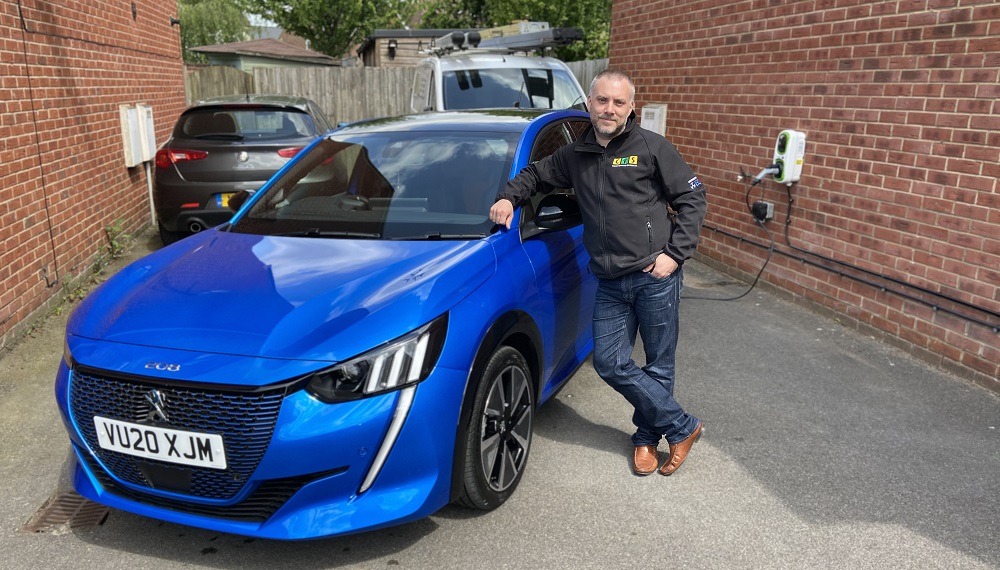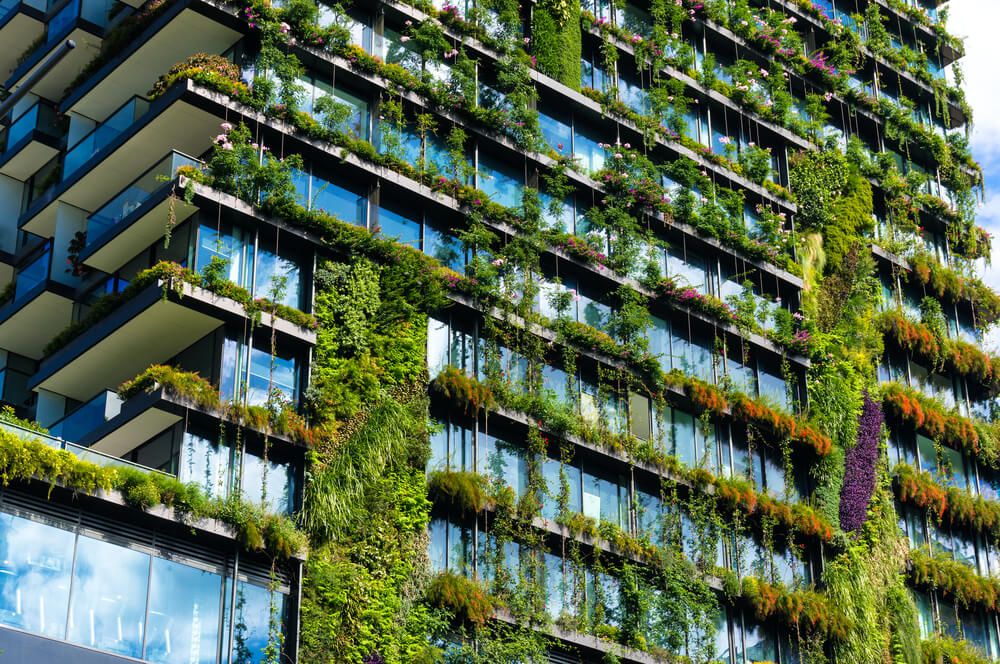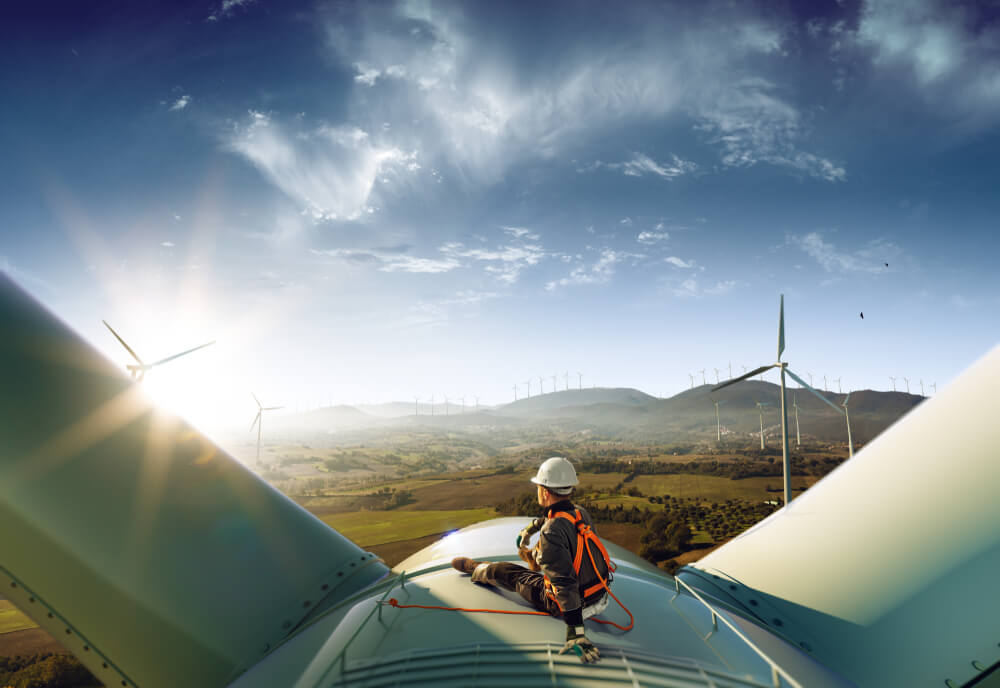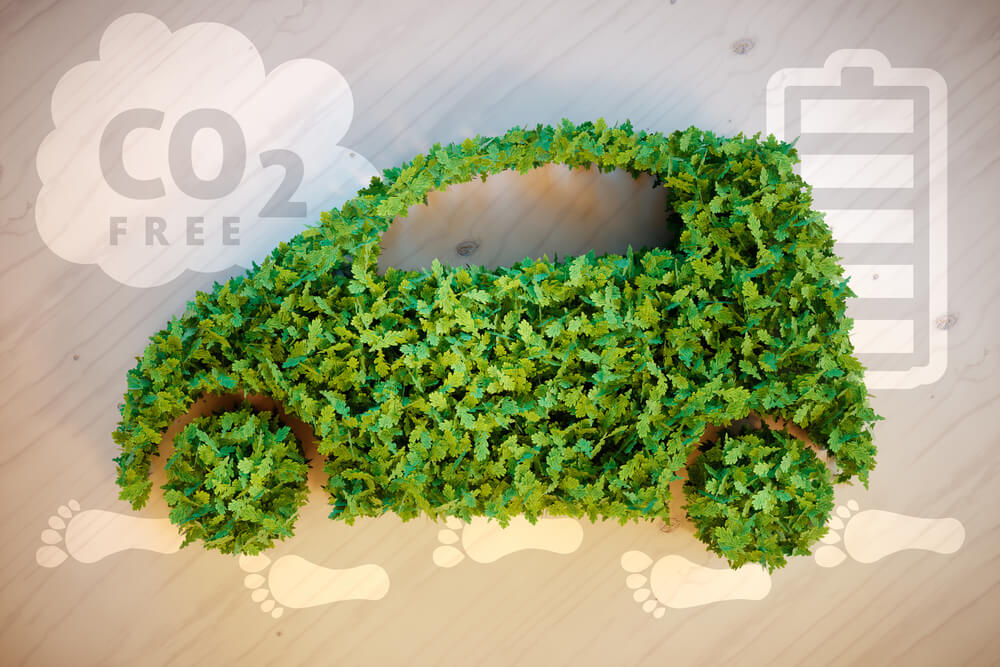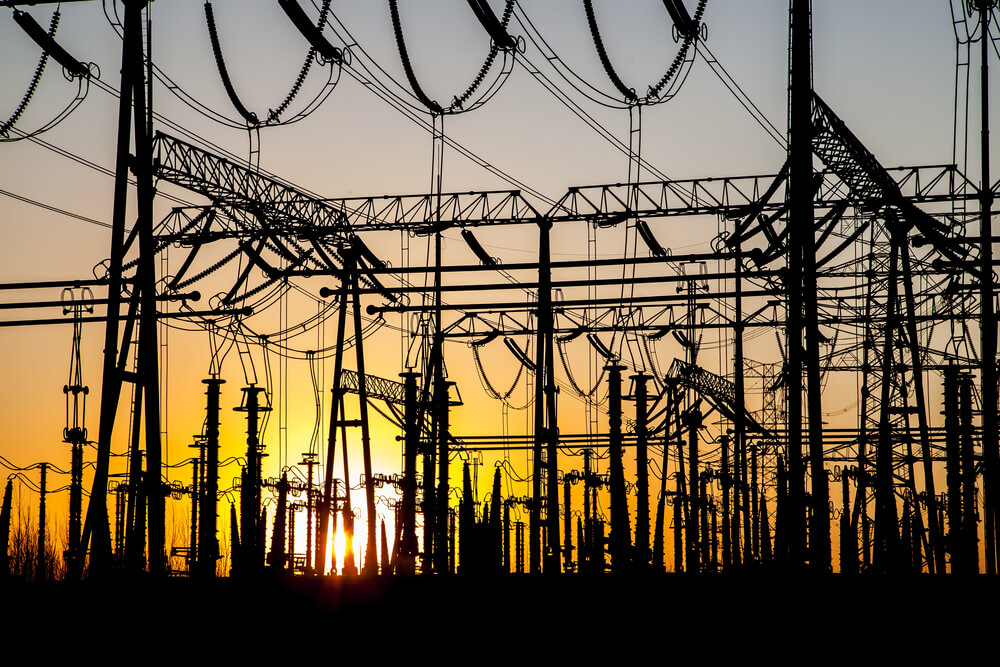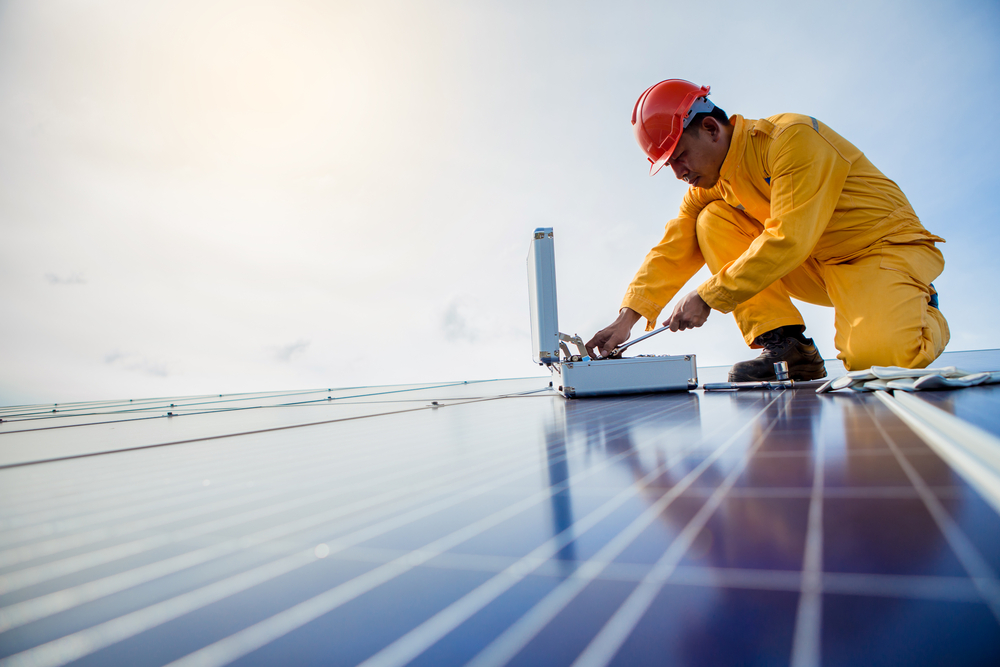100 days until COP26: what are we doing to reach Net Zero?

Luke Osborne
Energy and Emerging Technologies Solutions Advisor
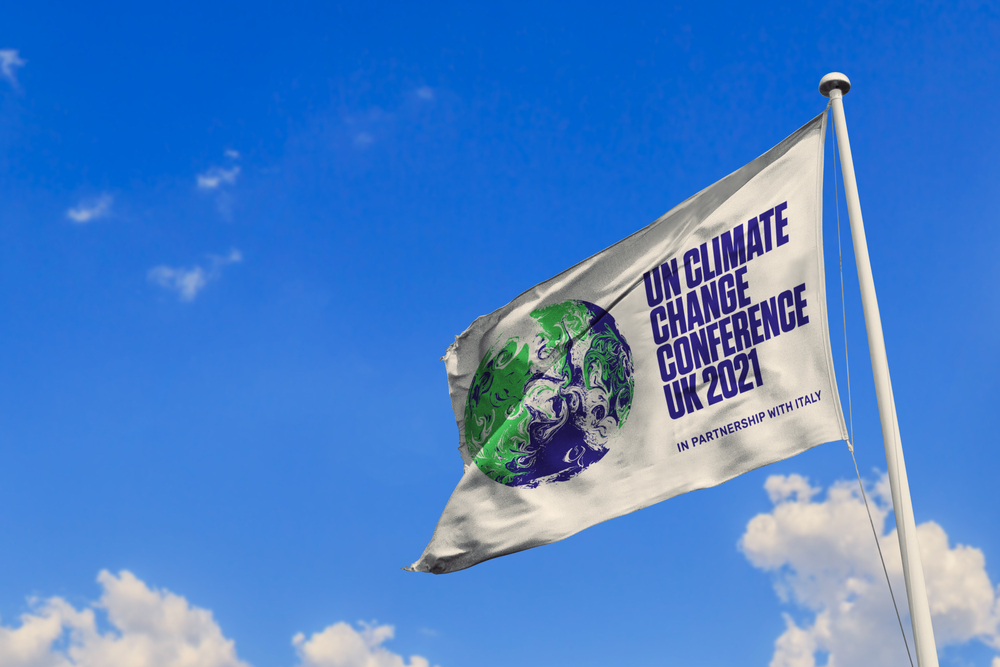
On 31 October, in just under 100 days, world leaders from more than 190 countries will meet in Glasgow for COP26 to discuss how best to tackle climate change.
Time is of the essence to limit the effect of climate change through reducing our carbon emissions. It is essential that the UK acts with every tool in our armoury – including fiscal measures such as reducing or removing VAT on green homes.
It is therefore disappointing that Government has decided against such measures. They would have significantly aided the uptake of low carbon technologies such as solar PV and battery storage systems, along with a plethora of other energy efficiency solutions.
With 100 days to go until COP26, ECA and industry are eagerly awaiting an announcement from the government on a solid plan for the UK’s decarbonisation program
It is obvious that the future is electric (even when viewing hydrogen as part of the solution – clean green hydrogen is only really viable through electrolysis using excess electricity produced by other renewables).
Key areas of focus are:
- Stopping fossil fuel usage for energy
- Decarbonising the electricity grid
- Reducing energy demand
Whilst grid-scale renewable energy projects such as Solar PV and on/off-shore wind continue to be deployed and offer the lowest generation costs, a focus on building level performance and demands is equally important.
Localised on-site generation, coupled with electrical energy storage systems (EESS), provide increased flexibility for our energy systems. Our buildings are moving to an energy prosumer model – consuming and producing energy. En masse, this helps to balance the electricity network. As the built environment becomes increasingly electrified, energy efficiency and energy reduction become ever more important.
Reducing a building’s thermal losses allows for smaller heat pumps or even for the demands to be met through the direct electrification of heat such as infra-red panels and smart-storage heaters – the latter of which can also aid in grid flexibility.
Many of the products and technologies currently installed by our sector are also becoming more efficient. Older variants are being phased out (halogen and fluorescent bulbs for example) and this trend will continue.
With 100 days to go until COP26, ECA and industry are eagerly awaiting an announcement from the government on a solid plan for the UK’s decarbonisation program, as well as the long-awaited Heat and Buildings Strategy.

Luke Osborne
Energy and Emerging Technologies Solutions Advisor
Luke joined ECA's technical team in 2018. Luke completed a mechanical and electrical apprenticeship with the Ford Motor Company in 1997 and has since held many technical roles, from site engineer to development engineer and global support. Following completion of an engineering degree with a specialisation in sustainability, Luke ran his own renewable energy installation company, with a particular focus on solar.
Related Articles
Spotlight shifting to M&E embodied carbon
The value of energy efficiency
ECA Commercial Associate Kosnic lights the way to sustainability
Net Zero Review underlines role for engineering services
Five ways to become a more sustainable business in 2023
Now is our last chance to make homes fit for the future
It’s a great time for a green career
Bringing Low-Carbon Apprenticeships to Life
The future of the built environment after COP26
Life after COP26: what happens next?
The view from COP26
Net Zero: a personal perspective
How the electrotechnical contractor can help clients mitigate against energy price rises
New rules for Public Sector Carbon Reporting
Setting the stage for COP26: Green Jobs
A new era of fossil free travel
The clock is ticking for the future of net zero buildings
Clear, present and future opportunities for EV charging
Heatpumps or Hydrogen? The future of clean energy
Behind the headlines: Net Zero Carbon
A clear route to Getting Zero Carbon Done
Introducing the new MCS
Get into EV! Interview with Darren Crannis
Why Europe needs a green recovery
Electric heat edges ahead in the low carbon stakes
Let's get Zero Carbon done
SF6: the greenhouse gas at the heart of our industry
VAT hike puts brakes on home solar and batteries
Copyright © 2024 Electrical Contractors Association Ltd
.jpg?width=970&height=90&ext=.jpg)





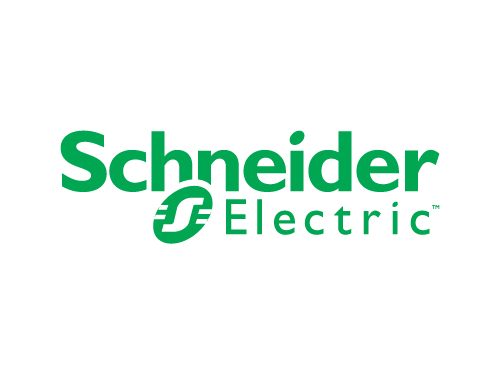

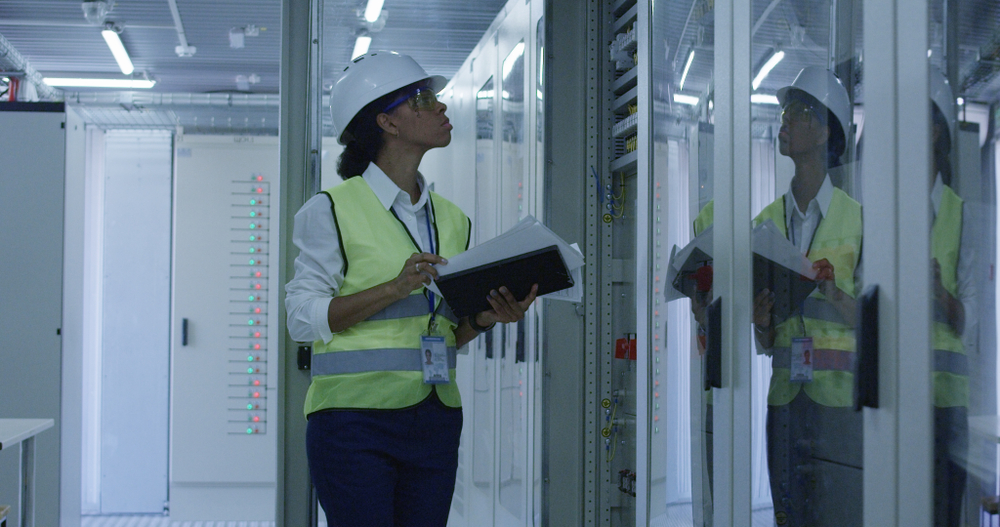
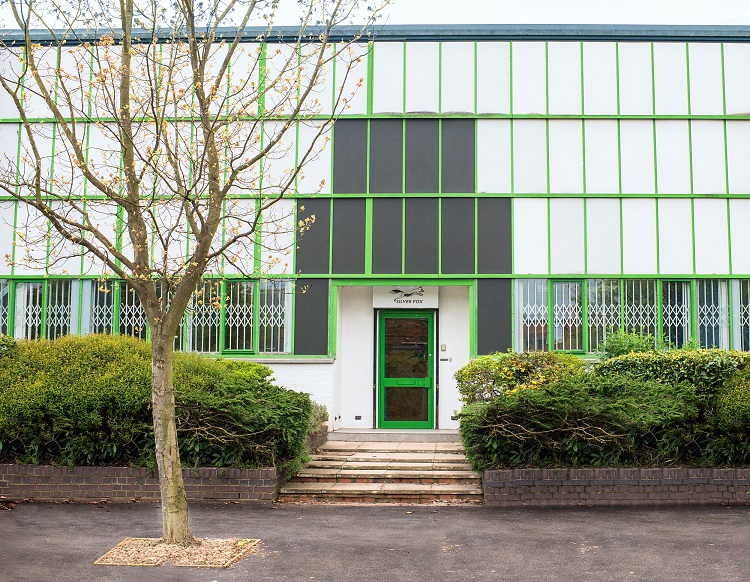
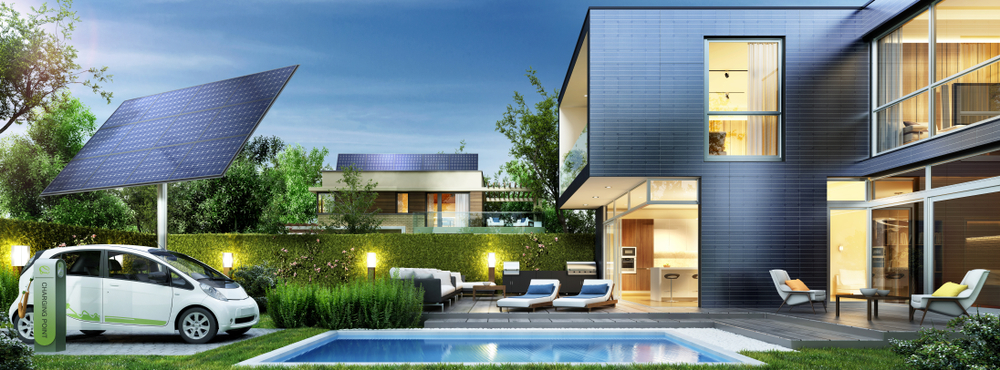

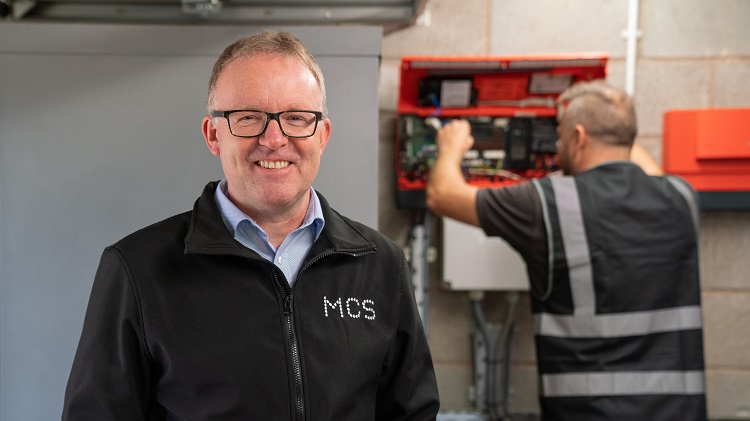
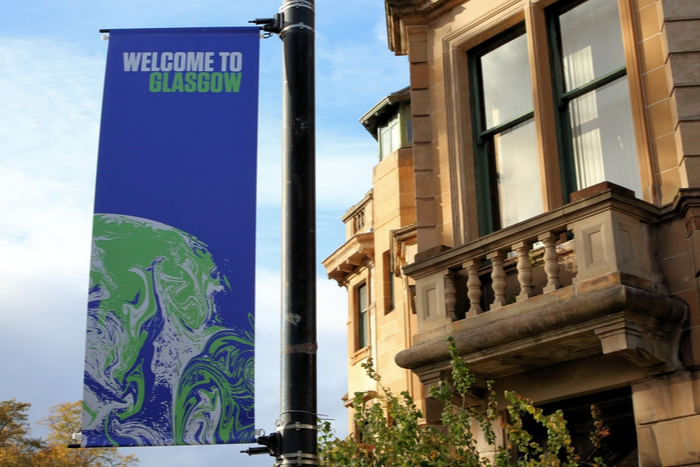
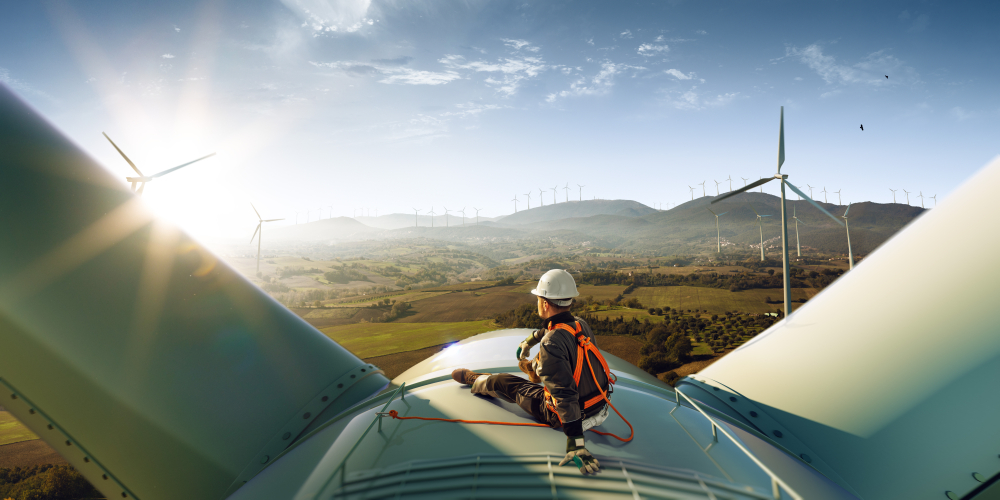
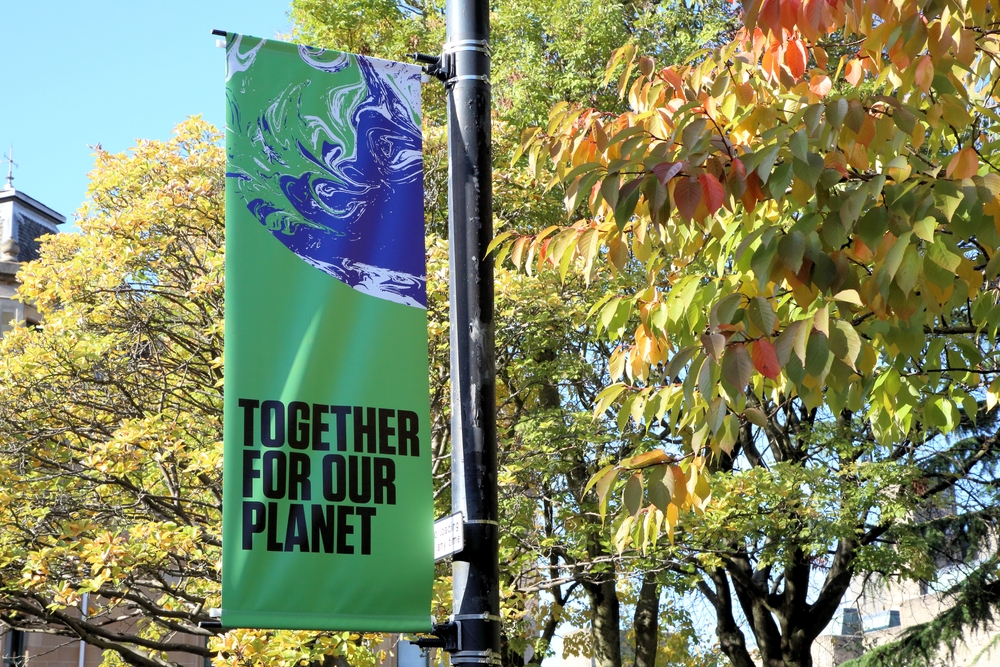

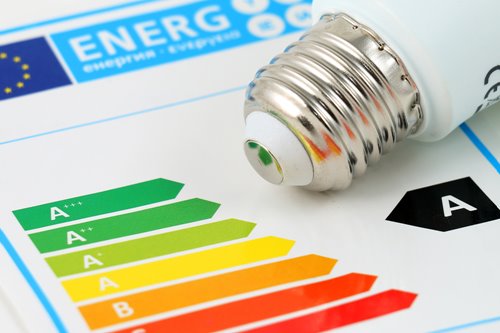
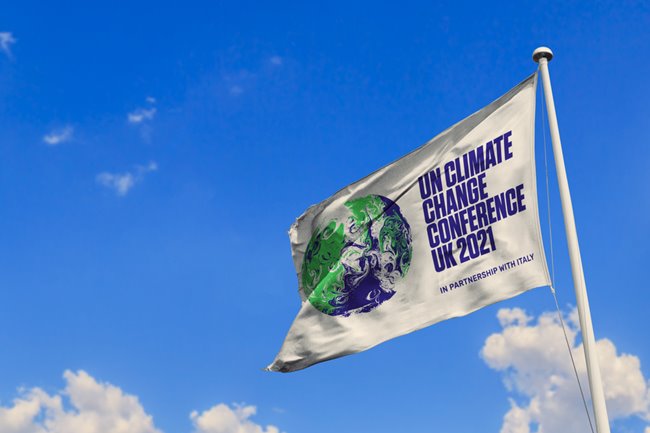
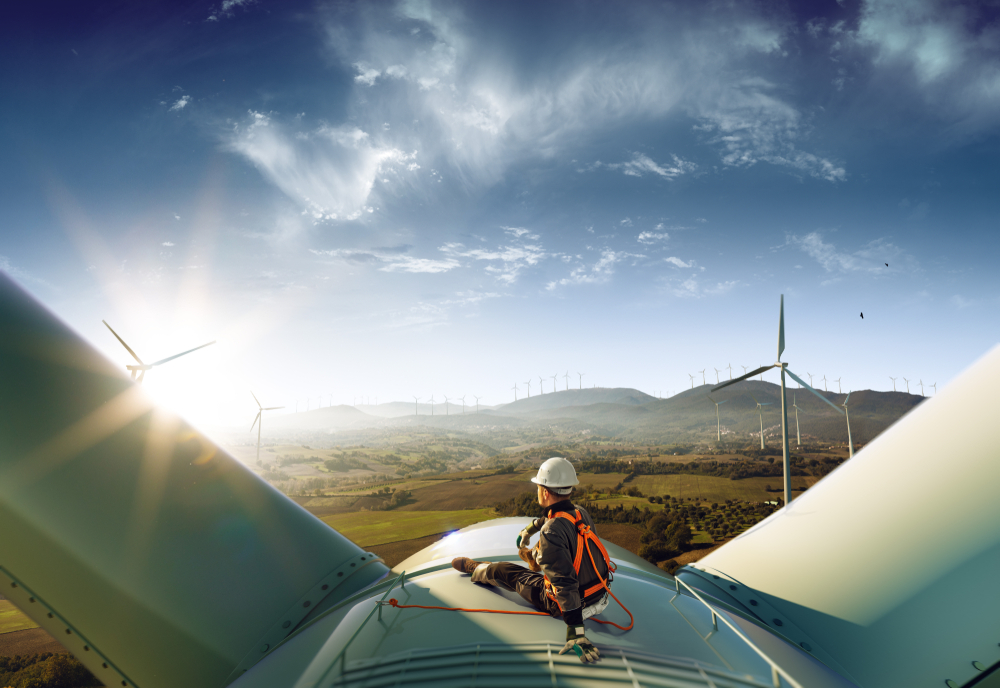
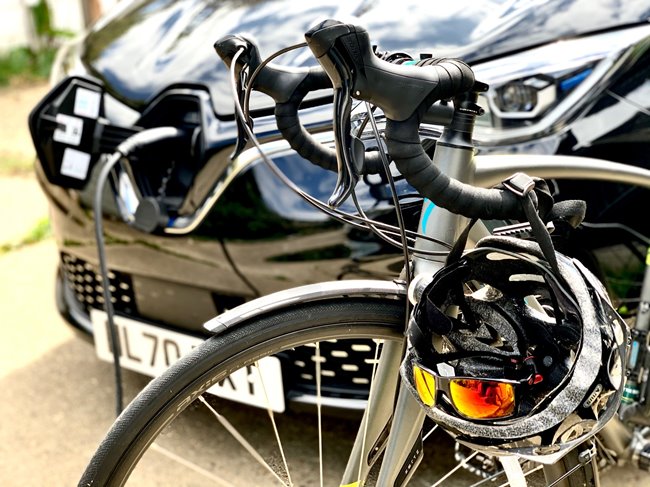
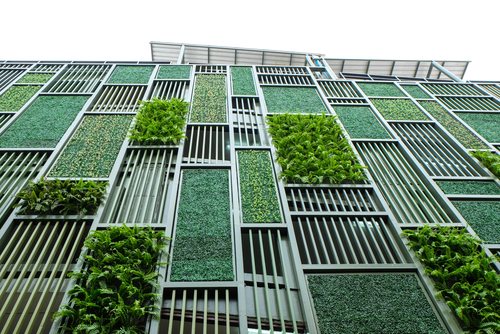
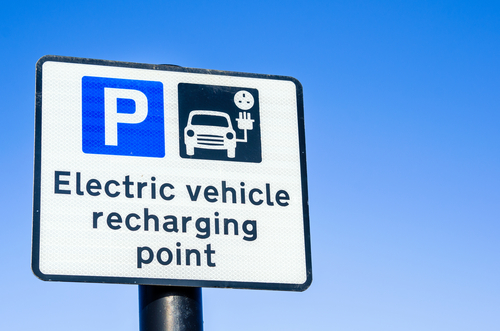
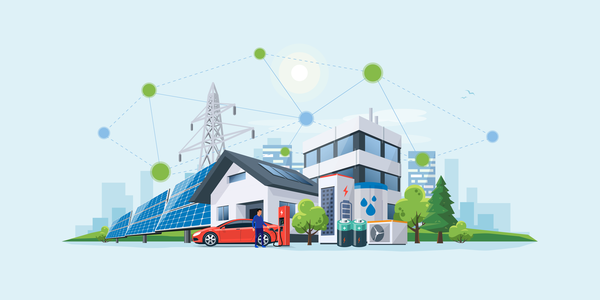
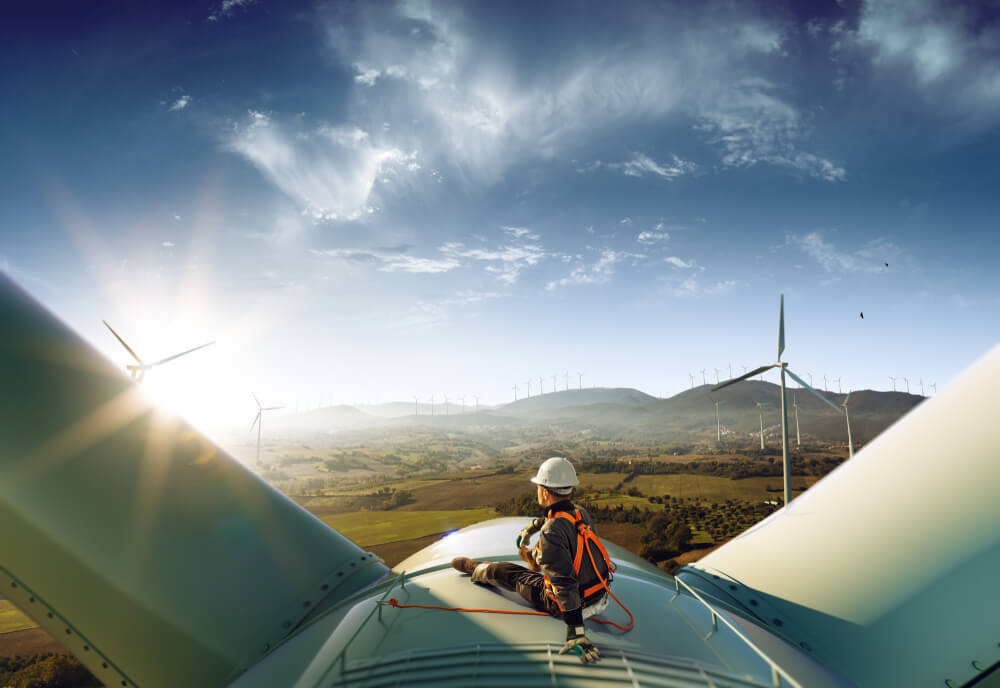
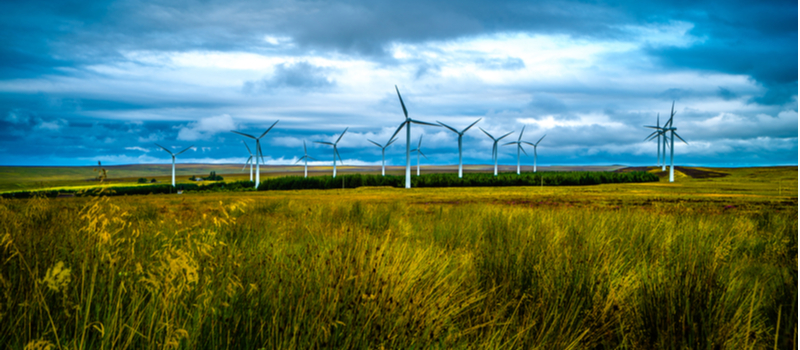
.jpg?width=1000&height=999&ext=.jpg)
